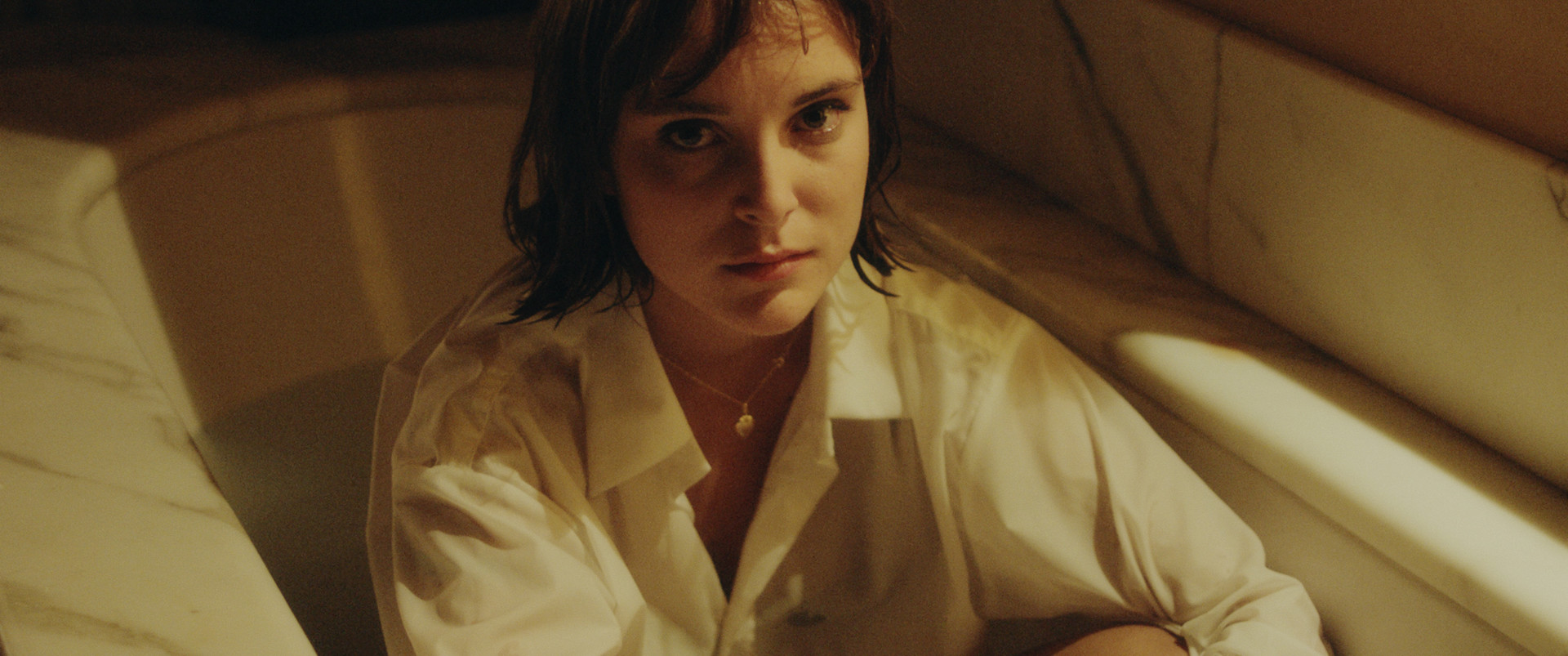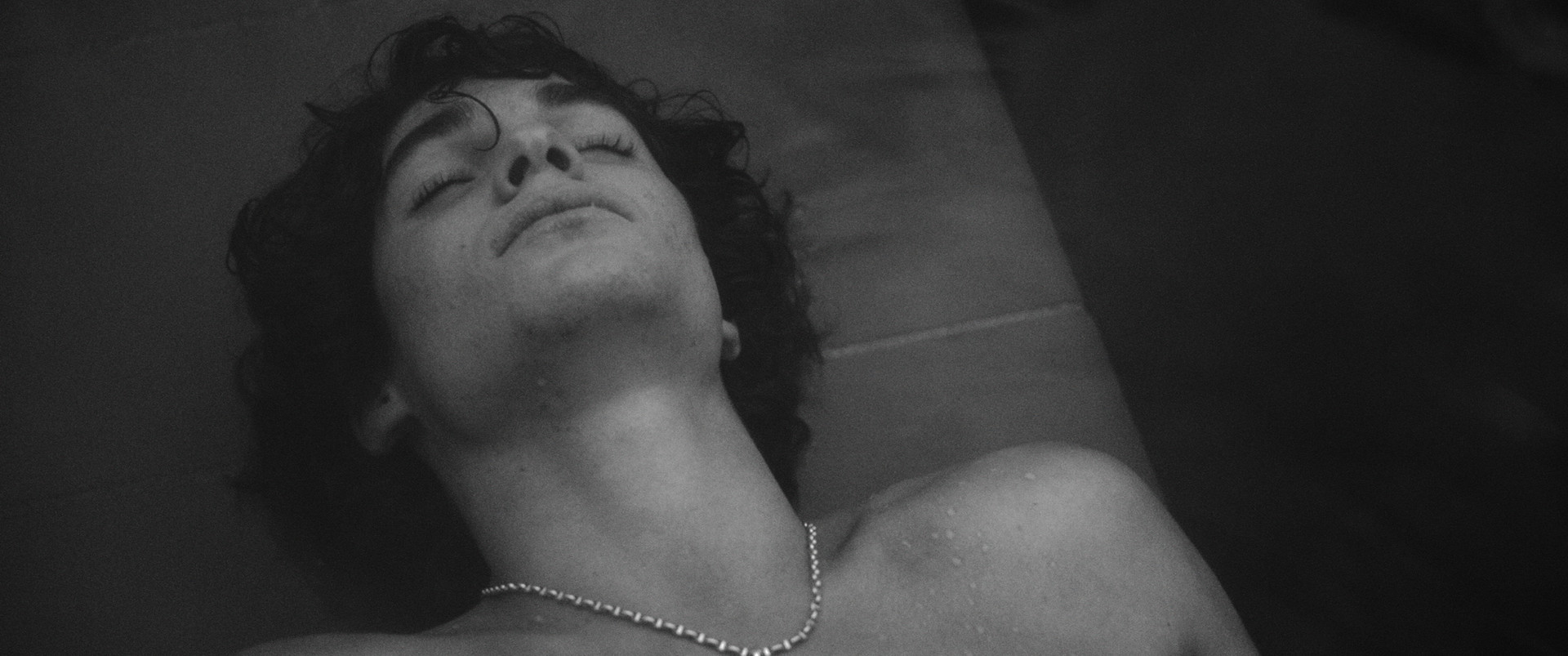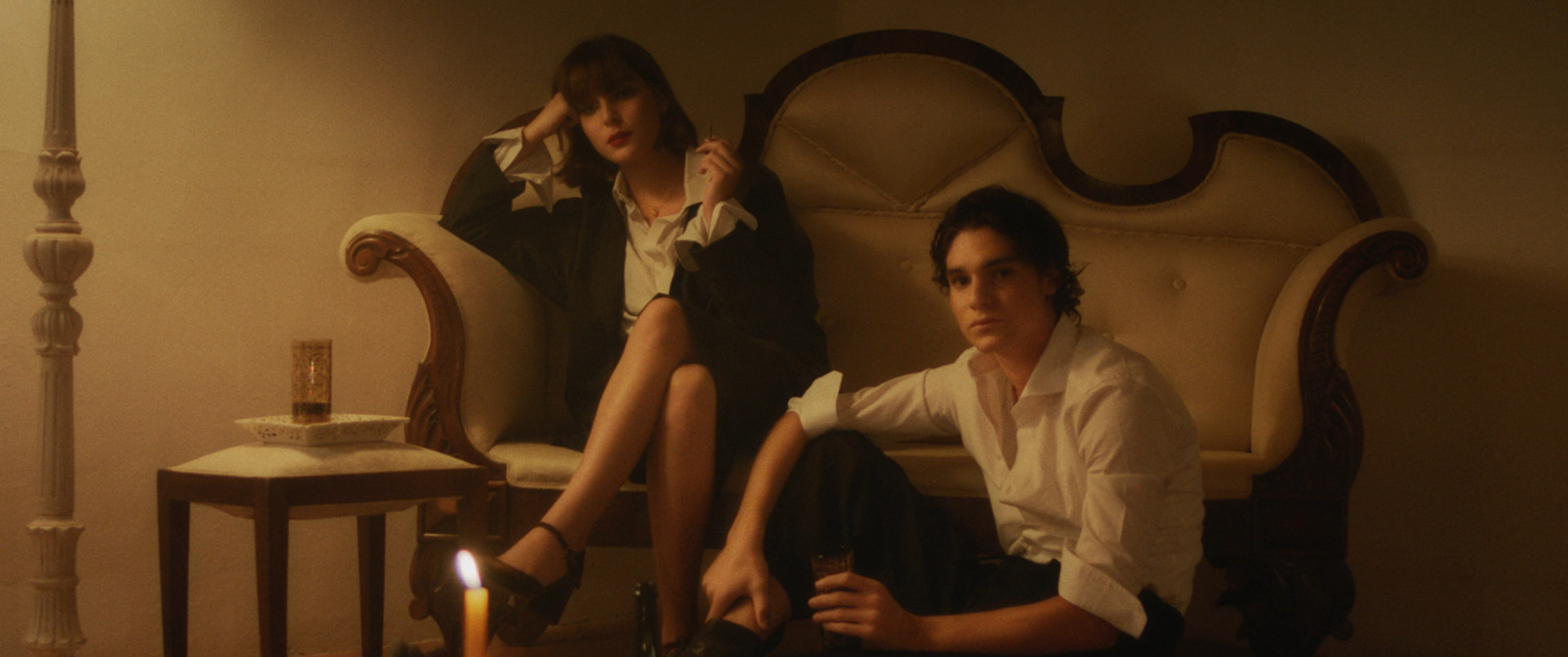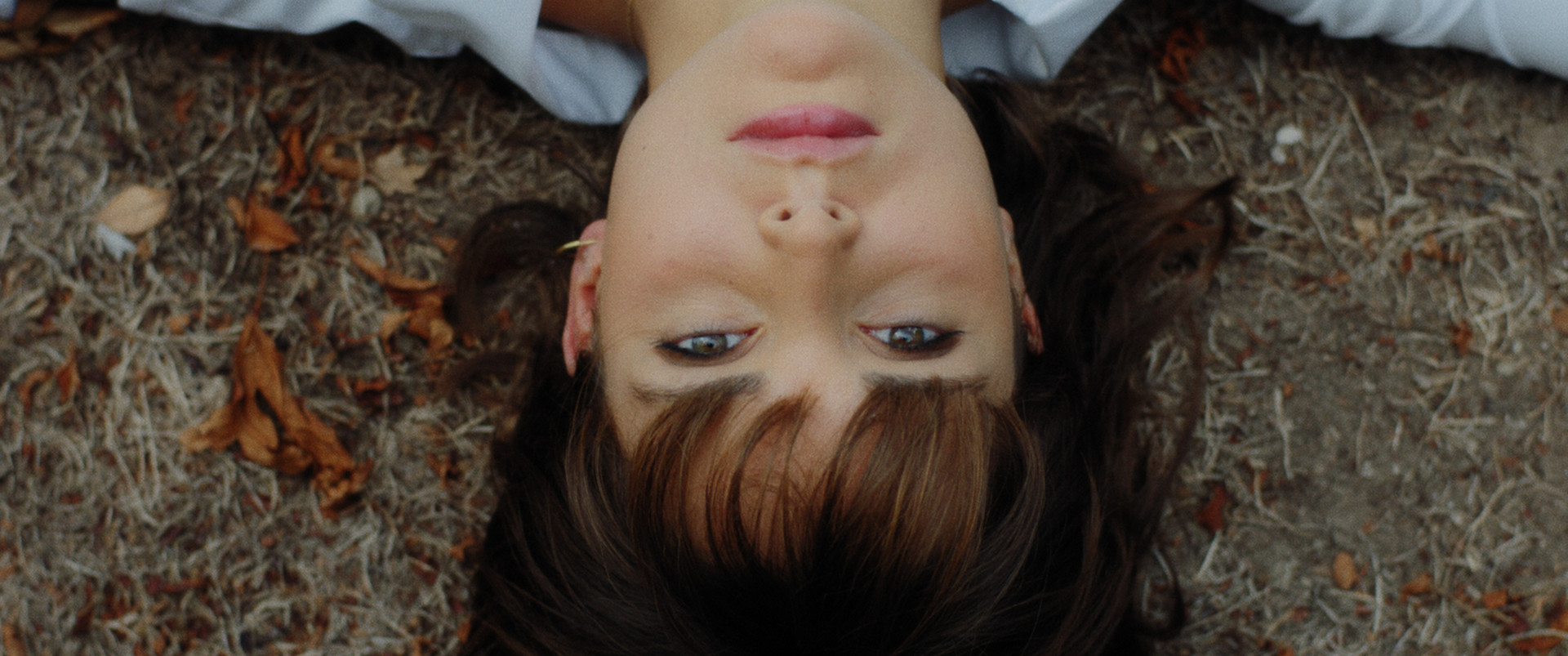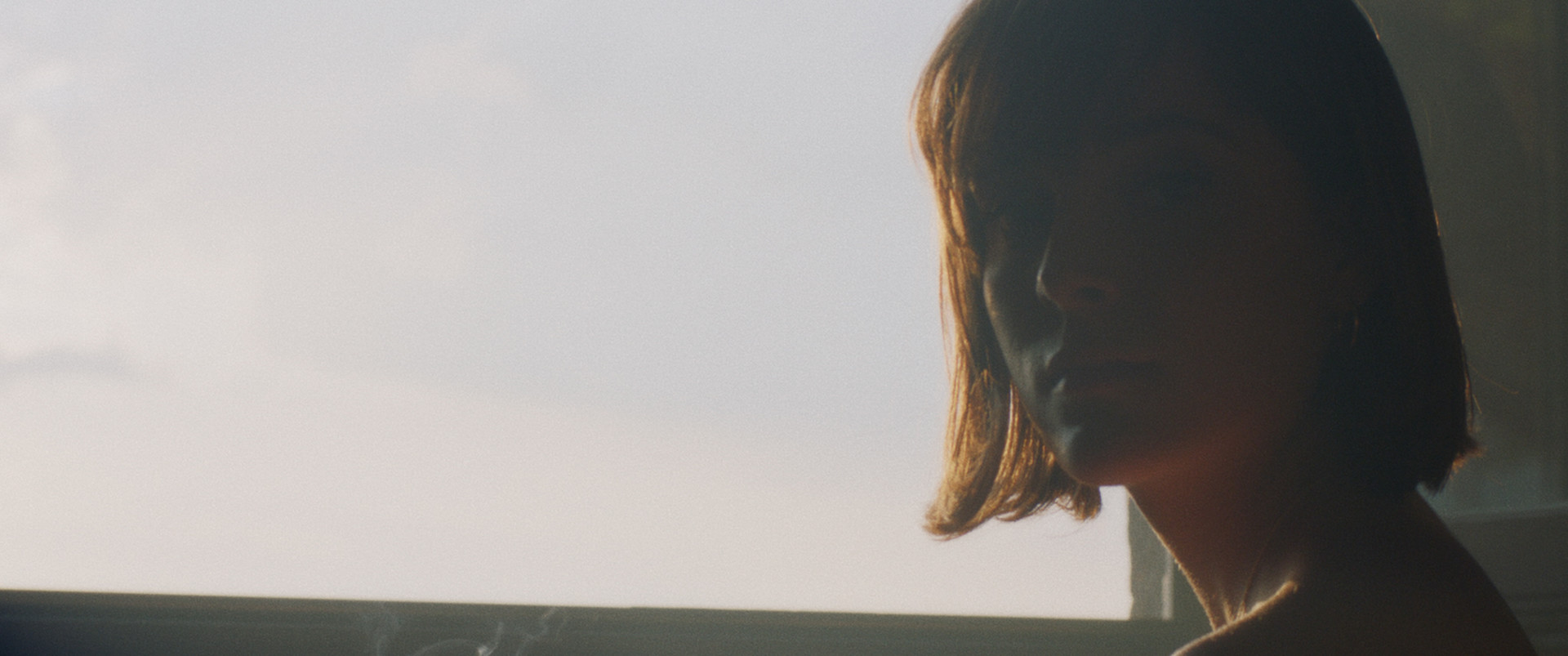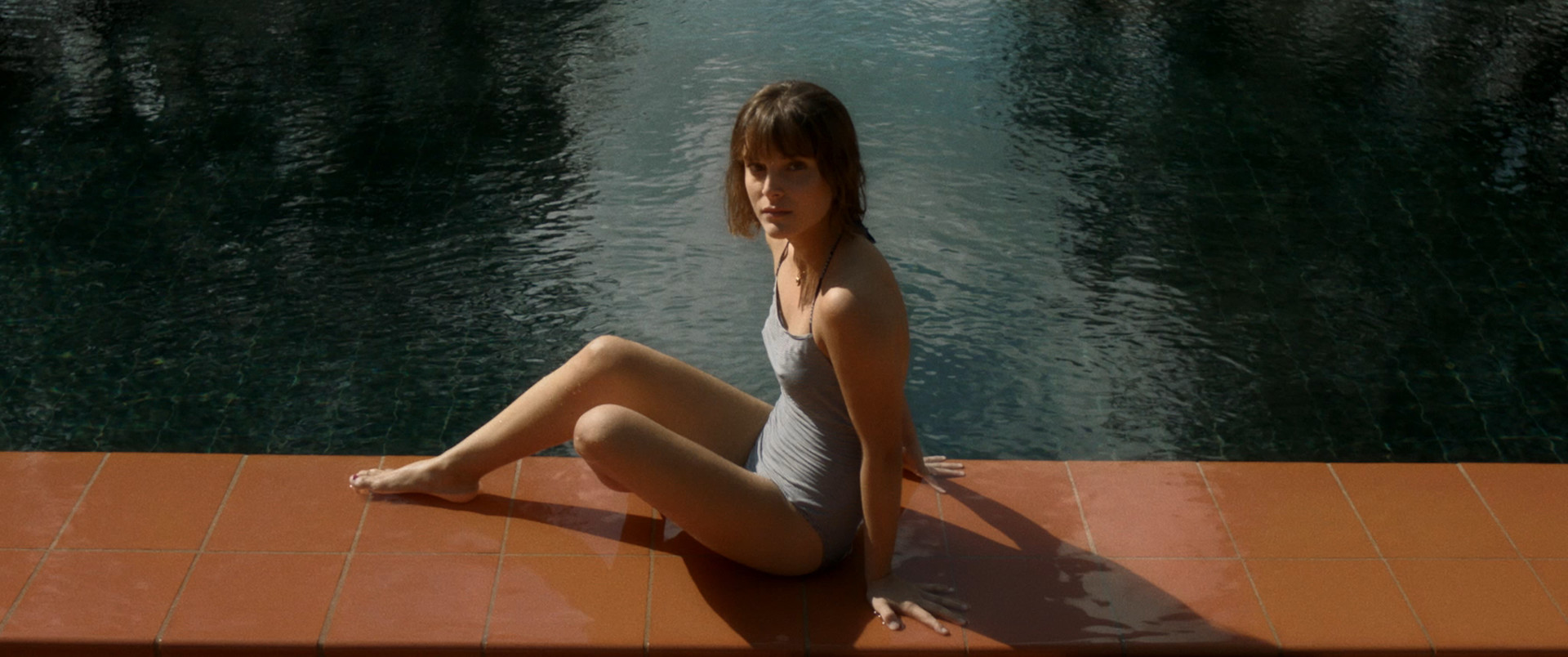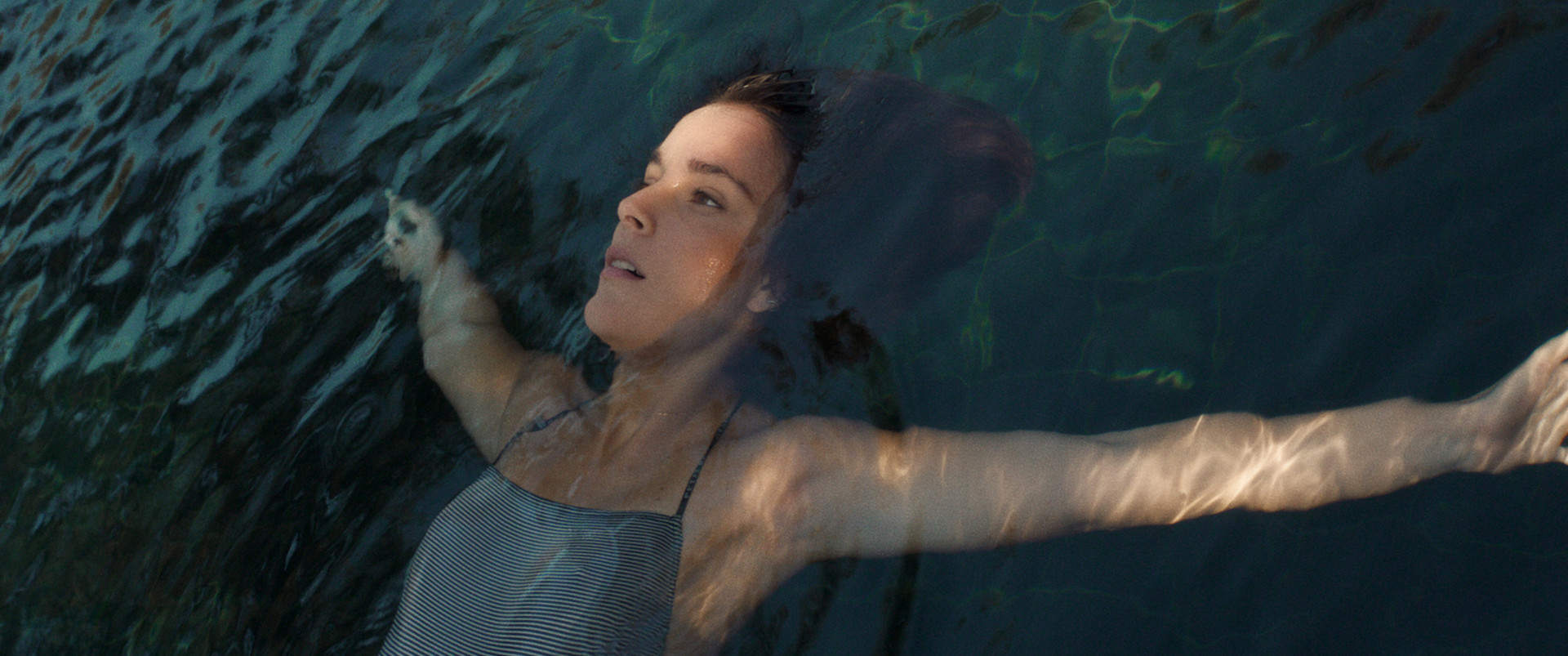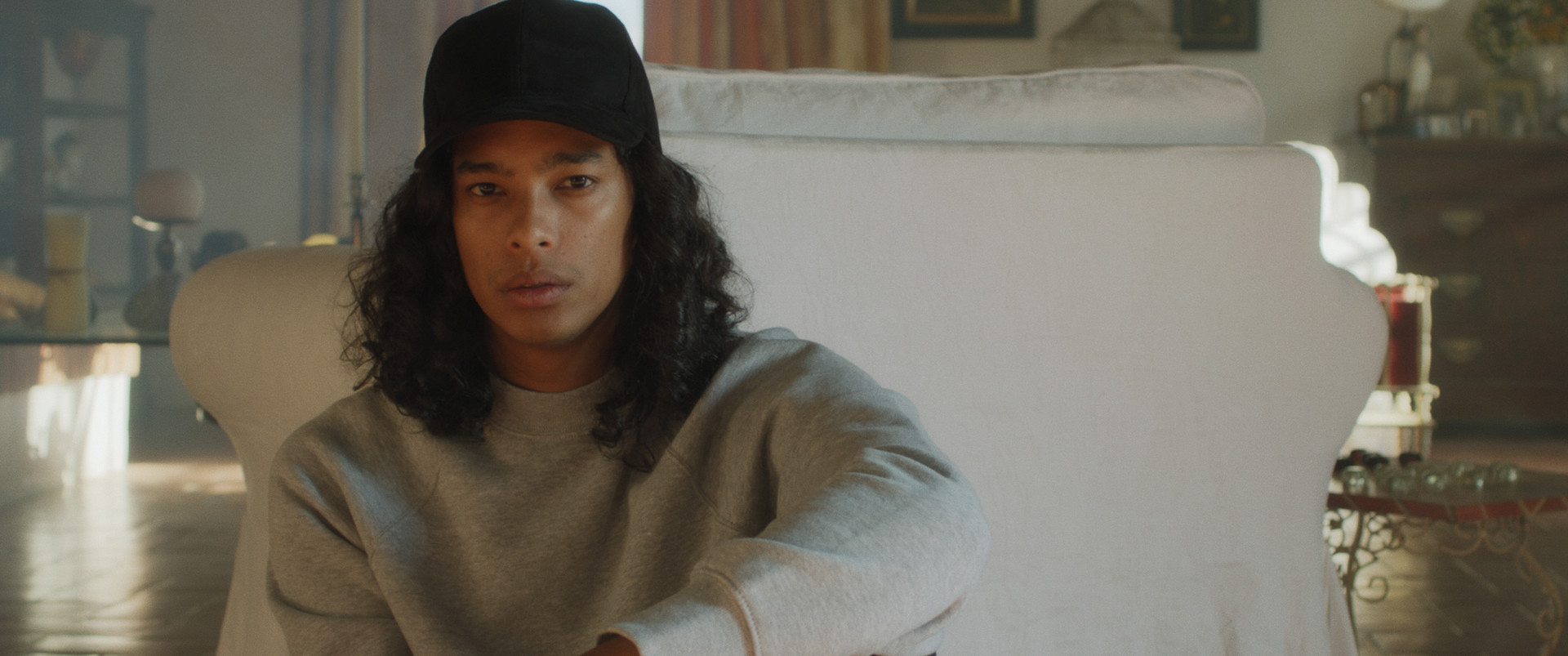Not(e) for a Dreamer
“If spring belongs to the senses, the end of summer belongs to reason. I fall somewhere in between”
Not(e) for a Dreamer is the latest film by award-winning director Enrico Poli, produced by the London-based production company White Coat. The film uses the changing of seasons as a reflection of the transition from childhood into adulthood. Lead character Anaïs voices her feelings with a mixture of anticipation and anxiety. She’s fully aware that things are changing, though not entirely sure to what extent. Each season represents a specific time in one’s life: spring full of the carelessness of youth; summer full of opportunities but tinged with sadness as autumn approaches; autumn and winter representing the shift into adulthood where we struggle as we long for the past and accept change as part of being human.
Not(e) for a Dreamer excels with its sublime visual language and sound design which connects with the viewer on an emotional level. The film was shot in Greve in Chianti in Italy making use of natural and available light only as a way to achieve a realistic, yet poetic look. The cinematography complements and enriches the nostalgic feel of the film, in which shots and framing play a key role in the unfolding of the story. Not(e) for a Dreamer is a tribute to the classics of the past through a modern eye.
The music was created by composer Mahlon Berv. It touches upon the idea of playtime and adolescence through the lightness and beauty of the violin, with a bittersweet undertone as youth is also fleeting. Using the baroque music style as a springboard, through the use of a solo violin and string orchestra, the music reflects Not(e) for a Dreamer’s complex emotions, pure colours and need to bring new life to the past.
The film is Enrico Poli’s third collaboration with Italian fashion label M O N O - Y . Their first film, titled M O N O - Y, won several international awards, including Best New Italian Fashion Film at Fashion Film Festival Milano in 2017. Both brand and Not(e) for a Dreamer explore youth culture. Playing with the idea of reinventing the past into something contemporary, the film translates M O N O - Y’s sense of discovery and search for identity into cinematic language.



